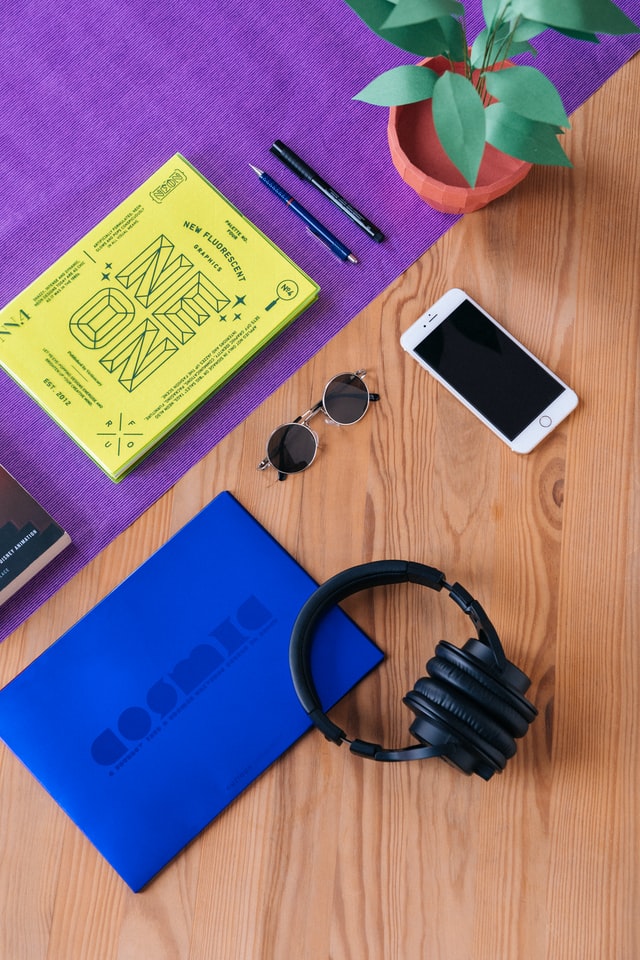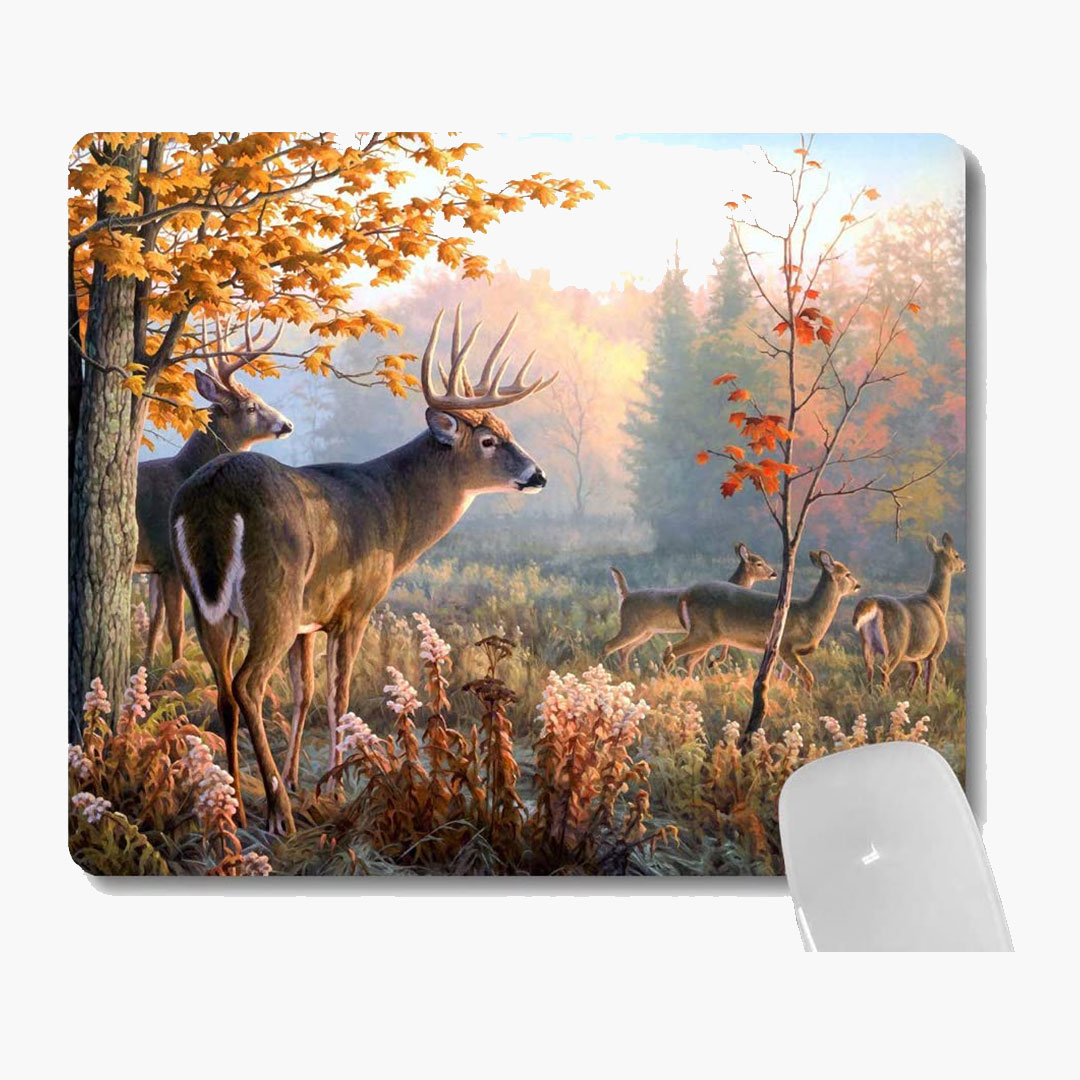Marketing & Advertising
Customisation to Products: Benefits, Models, and Tips.Customisation
In today’s highly competitive market, product customisation has emerged as a powerful strategy for businesses to differentiate themselves and meet their customers’ unique needs and preferences.
The ability to tailor products to individual tastes and requirements enhances customer satisfaction and gives companies a competitive edge.
In this article, we will explore the benefits of product customisation, provide examples of successful implementation, and offer tips for businesses looking to excel in this realm.
The Impact of Customized Recommendations on the Streaming Experience with Netflix
Imagine opening your Netflix account to discover advertisements for three films you’ve seen but didn’t enjoy, four independent Turkish television shows, and a German horror thriller.
It should be more helpful. Fortunately, Netflix has customised their product to provide personalised recommendations that will delight users and keep them returning for more.
The home screen displays the material customised to the viewers’ preferences, and the lists are made to pique their interest and highlight the categories they are most likely to find interesting.
They will never, sadly, be able to convince everyone in your family to agree on a movie to see.
Similarly, not all of your customers desire or utilise your product in the same manner.
Product customisation is essential to satisfy these diverse requirements and provide meaningful and personal service to your customer base.
What is the Customisation of a product?
Customers can customise a product to meet their requirements and preferences. Personalisation includes add-ons, exclusive features, templates, and design freedom in product design.
Personalisation of products is essential for providing individualised customer experiences to various user groups.
It is the way to drive client faithfulness and expand consumer loyalty. Here are some more reasons to personalise your products for your customers.
Four Different ways altered Items Influence Consumer Loyalty.
1# Take special care of various clients’ prerequisites.
Whether you sell software clients or a physical product, your customers have different wants and needs.
Recalling that your clients are all unique is essential to making an appealing item for however many individuals as could be expected under the circumstances.
Eighty per cent of customers now expect it will want something other than personalised experiences.
According to McKinsey & Company, personalisation particularly appeals to Millennials.
“Millennials (15 to 29 years old) have grown up with customization and naturally demand it in every aspect of their lives,” Anthony Flynn and Emily Flynn Vencat wrote in their book Custom Nation.
You can customise your product to be ideal for each user group rather than just being suitable for all your customers.
You can customise your product to be ideal for each user group rather than just being suitable for all your customers.
Brands, for example, Netflix and Capability of Excellence, have been created around the possibility of hyper-personalization, which makes it workable for everybody to get precisely the exact thing they need at the press of a button.
2# Draw in committed customers.
Customisation is a great business approach since satisfied customers are more inclined to repeat purchases.
A McKinsey study found that successful personalisation programs result in more engaged customers and higher profits. Positive experiences have resulted in 20% higher rates of customer satisfaction and 10% to 15% higher sales conversion rates.
Exclusivity in a personalised, one-of-a-kind product or specificity in a feature that works in the way they want is two ways customers who customise their experience find value.
3# Get a better Grasp on your Clientele.
There’s no rejecting that customisation is a costly undertaking. Offering multiple versions of the same product requires both time and money. New customisation options require resources to be invested in by your development team.
Additionally, there is a greater risk because more customisation implies more complexity.
It could suggest that you must ship the right customised product in retail. As there are more and more variations in how software is used, you could identify flaws that still need to be tested.
However, by providing customisation, you receive responses to the most critical questions: Who are my clients? Furthermore, “What is it that they need?”
Customisation helps you understand your client’s expectations and how they utilise your product.
You can identify and include popular customisation choices in the main product to improve customer satisfaction and retention.
This data can likewise be helpful while planning to overhaul your turn of events or valuing system.
4# Boost profits and company success.
Offering your customers the ability to personalise their products is a clever way to differentiate yourself from your rivals. After all, the finest source of knowledge about a customer’s needs is the customer themselves.
Customers who are pleased with a product are likelier to recommend it to their friends and family.
Your clients additionally take to virtual entertainment to share these positive encounters. They offer personalisation results in word-of-mouth marketing, an effective and natural method for expanding your business.
Following our discussion of the benefits, let’s move on to how you can begin providing customisations.
How can product customisation be provided?
It is hard to decide whether to make the product more complicated. Consider your users’ needs and the things they want to be able to do rather than trying to tailor everything.
It will assist in determining the most significant customisation opportunities.
The following are a couple of inquiries that can direct you:
– Is there enough demand for the customisation you’re considering?
– How much time and effort will this feature require to develop and maintain?
– What other effects will this customisation have?
– Will the additional customisation enhance your existing brand or diminish its value?
How to get started Customising Products
One# Make Client Personas.
Understanding who uses your product is the first step in identifying customisation opportunities. The various user groups that make up your user base can be illustrated with the help of user personas. User personas, as defined by the Interaction Design Foundation, are:
Fictitious people that architects use to reflect client types by pinpointing their identity and how they manage items in primary settings. Designers use user data to create personas, gain valuable insight into user journeys, test prototypes, and comprehend user characteristics, needs, and goals.
A user persona carries a lot of helpful information in it. Understanding your customer’s requirements, objectives, and user journeys will assist in highlighting areas in which your product’s customisation to their specific requirements could increase its value to them.
It may be as simple as the words people use at work, the tasks they need to complete, or their fashion preferences.
For instance, Netflix develops user personas to ascertain each viewer’s requirements for the Netflix experience. As a result, they can customise the experience for each type of user by narrowing down their vast content catalogue.
User personas can be especially useful for products catering to various stakeholders in a business-to-business setting.
Assume that the individuals who purchase the product, use it daily, and produce monthly reports are all distinct. Client personas can show you what every partner needs.
If you don’t give each user their value, you might see a rise in churn because the people who pay the bills or make decisions might not know how useful the product is for the frontline teams.
Two# Investigate Feature Requests.
The second method for tracking down chances to upgrade consumer loyalty through customisation is to look at what clients currently request.
Customisation and altering a current component do not add a completely new workflow.
Customisations include customer requests to modify a dashboard or add a specific date range to an existing report.
Look closely at your feedback forum and customer support tickets to learn what your customers want.
Product teams may find generating reports based on customer preferences simpler by tagging incoming customer conversations with the terms “feature request” or “customizationlar applies to internet business organisational – screen criticism that your clients share and proposition personalisation sider the client venture.
PersonalPersonalizingoduct is not enough. You should guarantee the client has a bound-together encounter pre and post-acquisition of the tweaked item.
Find ways to provide customers with a one-of-a-kind and individualised at every stage of their journey.
According to Epsilon’s research, 80% of customers are likelier to purchase when brands provide personalisation.
The customer’s objectives at each touchpoint are clear when you know the various stages of the buyer’s journey.
The greatest strategy would be to offer tailored customer support after a purchase.
Customers need context about the product they purchased, including the customisations they selected, from you.
The key is choosing customer service software that gives you information about orders, transactions, and interactions from the past and the present.
You will better understand how to apply these various steps using the examples below.
B2C product customisation examples.
One# Samsung’s adaptable TV bezel
A TV always feels like it sticks out from the rest of the room in the house. However, Samsung’s innovative, customisable bezel enables TVs to integrate perfectly into any setting.
Thanks to this customisation, customers may now match their TVs to picture frames, the colour of their walls or drapes, or anything else that suits them.
Two# Art Galore’s custom moon lamps
A moon lamp—a light that resembles the moon and changes colour—can be personalised through Art Galore, an online retailer of specialised goods.
Customers at Art Galore may personalise a moon lamp with text and images, making it the ideal birthday or wedding present.
It is an excellent illustration of how to stand out and fill a niche in a competitive market.
An illustration of B2C Product Customisation
Freshdesk’s Multi-Level Customisation.
Customers of all sizes can use the customer service software called Freshdesk. You can adjust the processes, responsibilities, amount of licenses, and reports in Freshdesk to suit your particular business needs.
The icing is that you can alter how your agent portal appears and functions. Your help desk might be decorated in your company’s colours to help your customer care employees feel more at home.
The Epitome of a Customer-Focused experience is the ability to customise products.
Offer customizable products to advance your online business and consumer happiness.
However, instead of customising everything, you must provide options to your users methodically. Otherwise, your product will be excessively complex and unclear.



